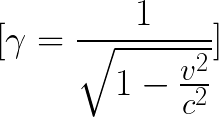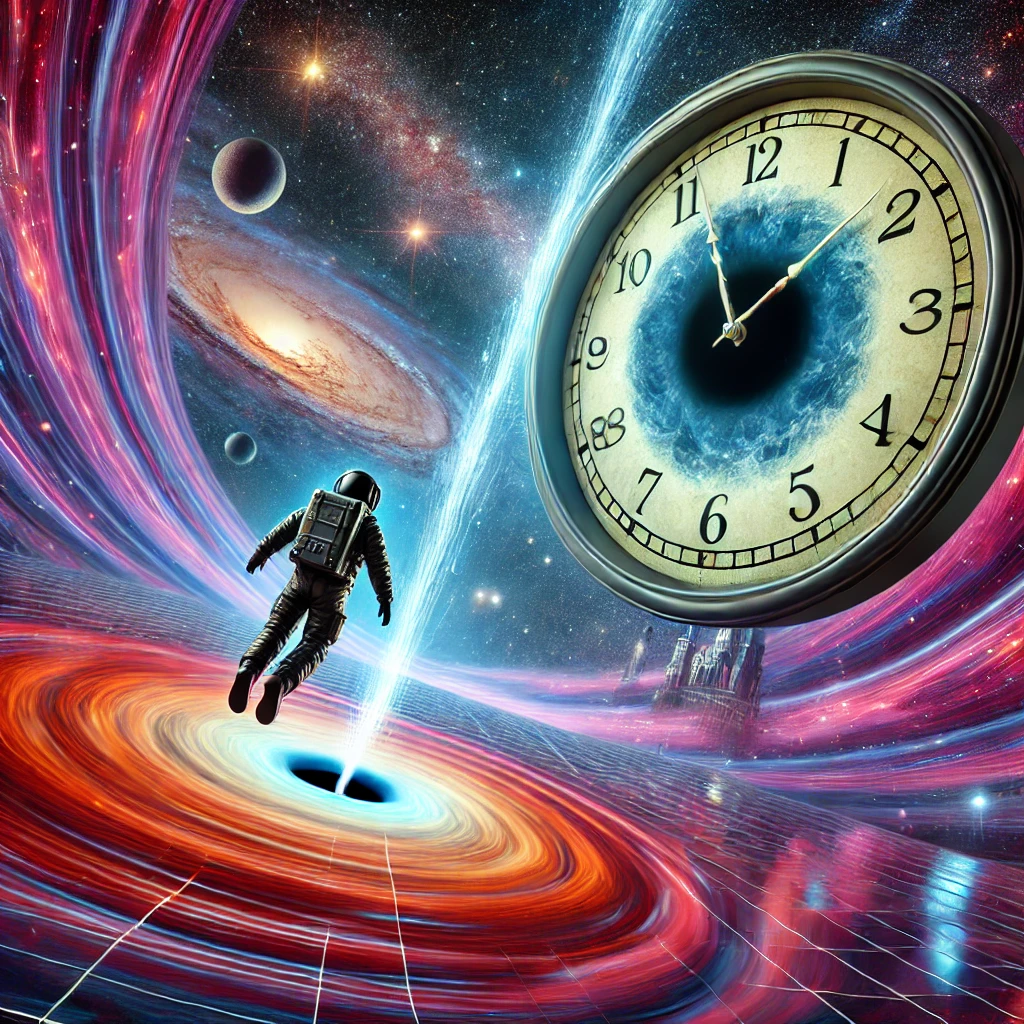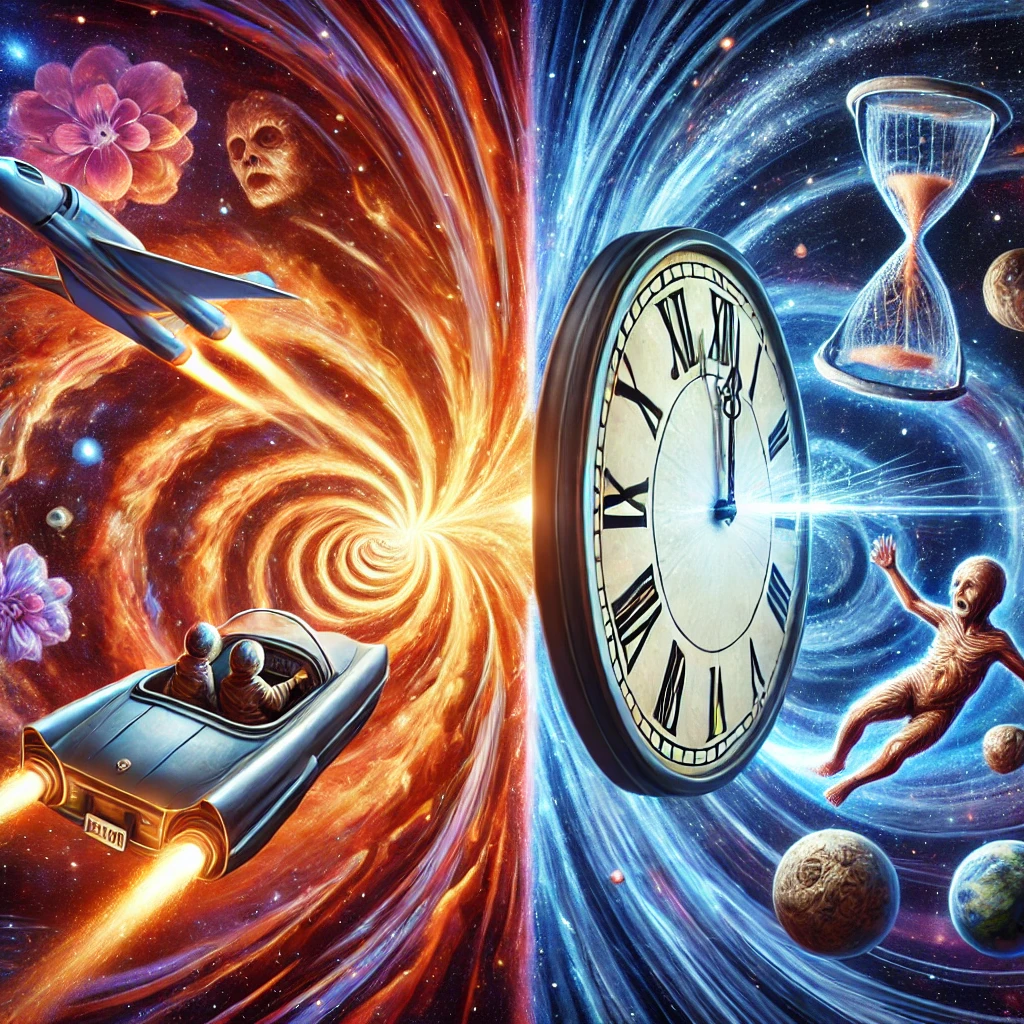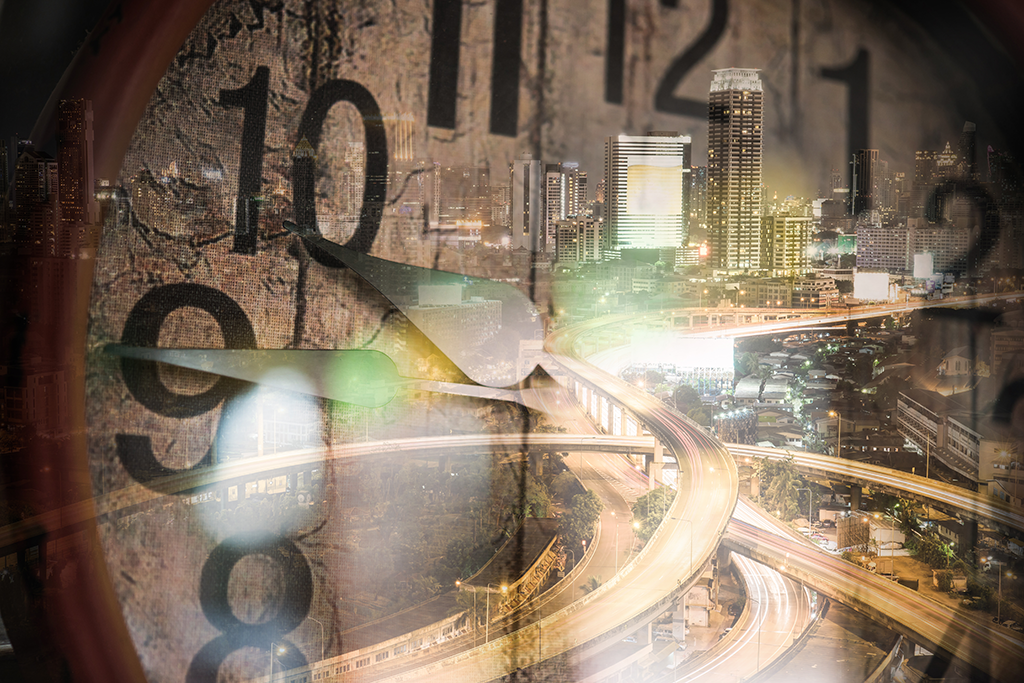How the World Looks Near the Speed of Light
As we delve deeper into our understanding of the universe, we are often confronted with concepts that stretch the boundaries of our intuition and perceptions. One such concept is the behavior of objects and phenomena when they approach the speed of light (denoted as (c), approximately (299,792,458) meters per second). This territory is dominated by the principles of Einstein’s theory of relativity, which radically alters our understanding of time, space, and motion. This article explores how the world appears when velocities approach (c), incorporating essential physics and mathematics, while also introducing fascinating simulations, such as the MIT-developed game “LightSpeed,” intended to offer a hands-on experience of these relativistic effects.
The Foundations of Special Relativity
Einstein’s theory of Special Relativity, published in 1905, revolutionized our understanding of space and time. The core ideas of this theory show that space and time are interwoven in a four-dimensional fabric known as spacetime. To fully appreciate the phenomena occurring near the speed of light, we must understand some foundational principles:
1. Time Dilation
One of the most profound implications of Special Relativity is the concept of time dilation. Time dilation refers to the effect where time passes at different rates for observers in relative motion. As an object travels closer to the speed of light, time appears to slow down relative to stationary observers. This can be mathematically articulated using the Lorentz factor:

In this equation, (v) represents the velocity of the moving object. As the speed (v) approaches (c), (\gamma) increases significantly, indicating that time experienced by the moving object will slow down compared to a stationary observer. For instance, if a spacecraft travels at 0.8c, then:

This means that for every hour experienced on the spacecraft, approximately 1.67 hours would pass for a stationary observer.


2. Length Contraction
Alongside time dilation, length contraction is another critical concept. Length contraction describes how objects are measured to be shorter in the direction of motion as their speed increases. The length observed ((L)) from a stationary frame can be calculated using the formula:

Here, (L 0) is the proper length—the object’s length in its rest frame. For a spacecraft with an appropriate length of 100 meters traveling at 0.9c, the observed length would be calculated as:

This contraction is not merely theoretical; it has implications that affect everything from particle physics to the behavior of stars in our universe.
3. The Relativistic Mass Increase
Another significant facet of relativistic physics is the concept of mass increase. As an object approaches the speed of light, its effective mass increases, necessitating more energy input for further acceleration. This increase in relativistic mass can be expressed as:

where (m_0) is the rest mass of the object. This relationship indicates that as velocity approaches light speed, the required energy to accelerate the object grows infinitely large.


The Relativistic Worldview: A Visual Odyssey
Now that we’ve established the principles of Special Relativity, let’s visualize how the world transforms when traveling at relativistic speeds.
1. The Cosmic Playground: Redshift and Blueshift
Imagine a spaceship zooming through space at a substantial fraction of the speed of light. Upon moving toward a star, the light waves from that star compress due to the motion, resulting in what is referred to as a blueshift. Conversely, if the spaceship moves away from the star, the light waves stretch, leading to redshift.
This effect can be quantified using the relativistic Doppler effect formula:

In this equation, (f’) represents the frequency observed, (f) is the frequency of emitted light, and

For instance, if a light source emits a frequency of 500 THz (green light) and the spaceship travels toward the source at 0.5c, the observed frequency becomes:

Here, the light shifts from green to blue. In contrast, if the spacecraft is moving away, the frequencies drop, shifting colors toward the red, impacting how we perceive celestial bodies.
2. The Warp of Spacetime: Visual Experience
For someone traveling at relativistic speeds, the observable universe appears warped and distorted. The stars ahead appear compressed and concentrated, while those behind seem increasingly diluted. This visual distortion operates not only on an aesthetic level but also affects navigation, communication, and exploration in a relativistic regime.
Furthermore, the effects of time dilation mean that while many hours may pass for an astronaut aboard a ship traveling close to the speed of light, much more time would elapse on Earth, leading to the phenomenon known as the twin paradox. In this thought experiment, if one twin travels at relativistic speeds and returns, they will have aged significantly less than their Earth-bound twin, illustrating the profound implications of relativistic travel.
3. How Gravity Plays a Role
Another fascinating aspect of traveling at relativistic speeds pertains to gravity. According to General Relativity, which extends the principles of Special Relativity to include gravity, massive objects curve spacetime around them. Thus, a spaceship traveling close to a massive object like a black hole would experience both gravitational effects and relativistic phenomena.
Black holes present a strong gravitational pull that can significantly affect the paths of light rays and objects near them, demonstrating gravitational lensing, where the light from distant stars is bent around the black hole. Such interactions could further complicate an astronaut’s experience as they attempt to navigate through such extreme environments.
The Effects on Communication
Communication becomes increasingly complicated in a relativistic context. As signals travel at the speed of light, the Doppler effect alters the frequency of messages sent from moving spaceships to stationary observers. If a traveler on a spaceship sends a radio signal back to Earth while traveling at relativistic speeds, the frequency of the signal will be altered depending on the relative motion between the ship and the Earth.
As a result, scientists and engineers working to develop technologies for space travel must consider these effects when planning missions involving high speeds. Understanding how to compensate for signal loss and distortion becomes vital for effective real-time communication across cosmic distances.
The MIT LightSpeed Game: A Relativistic Experience
For those eager to comprehend the non-intuitive nature of traveling at speeds close to the speed of light, A Slower Speed of Light game created by researchers at the Massachusetts Institute of Technology (MIT) provides a captivating way to engage with these concepts. In this educational simulation, users can navigate a spacecraft through various scenarios featuring different speeds and observe firsthand how time dilation and length contraction manifest.
The game creatively allows players to experience the relativistic effects described above, making the abstract principles more tangible and visually striking. By manipulating variables such as speed, users can explore what happens to time and space as they accelerate toward (c). This interactive format helps to bridge the gap between theoretical physics and real-world applications, making it a valuable resource for students and enthusiasts alike.
You can explore LightSpeed here
Other Real-World Implications of Relativity
While much of the discussion around relativity centers on theoretical explorations and games, the principles of special relativity have pragmatic applications in various fields. Here are some noteworthy examples:
1. Global Positioning System (GPS)
The effectiveness of the Global Positioning System relies heavily on principles of relativity. GPS satellites orbiting Earth experience different gravitational pulls than objects on Earth due to their altitude and velocity. As a result, time dilation due to both their speed and the difference in gravitational fields must be taken into account to ensure that GPS readings remain accurate. Engineers incorporate corrections based on relativistic effects, demonstrating that such theories have far-reaching consequences in our daily lives.
2. High-Energy Particle Colliders
Experiments conducted in high-energy particle colliders, such as the Large Hadron Collider (LHC), often involve particles traveling at velocities near the speed of light. As these particles collide, physicists must account for both the relativistic mass increase and other relativistic effects to accurately analyze collision outcomes and particle behavior. These experiments are fundamental to advancing our understanding of particle physics and the fundamental forces in the universe.
3. Astrophysics and Cosmology
Understanding light behavior at relativistic speeds is crucial in astrophysics, particularly in the study of pulsars, quasars, and other astronomical phenomena that emit radiation at extremely high velocities. The formulas governing redshift and blueshift, along with the effects of time dilation, help astronomers deduce the various properties of stars and the expansion of the universe.
Conclusion
Exploring the world near the speed of light brings forth transformative changes in our understanding of physics and reality. Einstein’s theories of Special Relativity have profoundly shaped how we perceive time, space, and motion. The interplay between time dilation, length contraction, and gravitational effects reveals a universe far more intricate than our everyday experiences suggest.
Interactive experiences, such as the MIT LightSpeed game, provide a valuable avenue for grasping these complex phenomena. As we continue to unravel the mysteries of the cosmos, embracing these abstract concepts will empower us to navigate the future of space exploration with a deeper appreciation for the very nature of time and space.
The exploration of relativistic speeds not only enriches our scientific knowledge but also cultivates a sense of wonder about the universe’s vastness, ultimately driving humanity toward the stars.
Further Reading and Resources
- Einstein’s Theory of Special Relativity
- The Relativity of Time
- Understanding Length Contraction and Time Dilation
- MIT LightSpeed Game
- The Einstein Field Equations: A Comprehensive Guide
- The Physics of Time Travel
By contemplating our universe through the lens of relativity, we gain insight into the profound mysteries that govern reality, instilling both curiosity and respect for the complexities of the cosmos.



